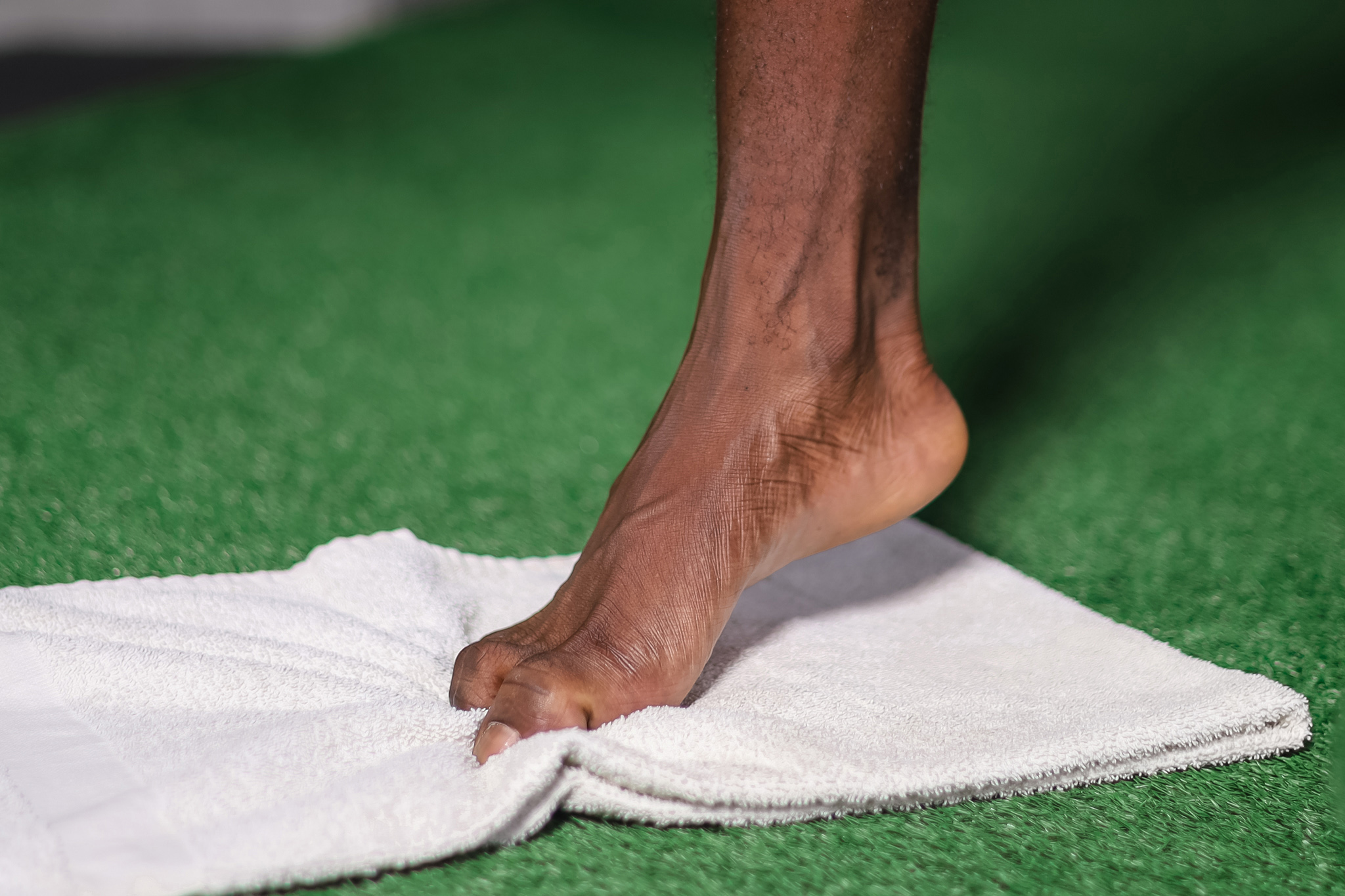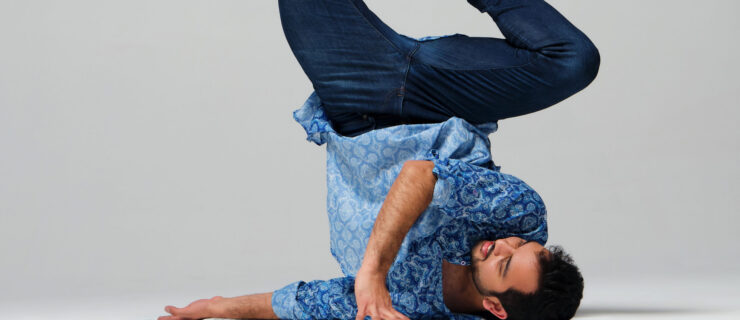Cross-Train Your Feet With Targeted Exercises For Any Style
Feet are the foundation for movement in dance, aligning our direction, grounding our positions and setting up everything from pirouettes to six-steps and backflips. But their hard work comes at a cost: stress on the muscular systems that keep the intricate ankle joint stable, balance the body and counteract directional and gravitational forces. This stress is compounded by the pressure of footwear, from sneakers to pointe shoes to heels.
Take the health of your feet into your own hands with a combination of strength work and soft-tissue care. Stronger feet can more easily withstand the load of the body, while soft-tissue work promotes healing and recovery from the stress of dancing. Adapted from training for other high-impact sports that involve sharp changes of direction, explosive movements and impacts, these exercises are designed to improve foot stability, power and function so you can perform better no matter what shoes you dance in.
Start by adding one strength exercise and one soft-tissue treatment to your routine, performing them three times per week. Change the exercises every three to four weeks. Do them on a regular basis to maintain the results.
Foot Strengthening
Short Foot
Good For: Foot, ankle, knee and hip stability
In a seated position, with both feet flat on the floor, pull the heel towards the front of the foot, creating a strong contraction through the arch and keeping the toes on the ground. Relax heel back to starting position, repeat. Build to 2–3 sets of 8–20 reps per foot.


Elevated Towel Toe Curls
Good For: Toe joint function, tendon strength, fascial strength and force transfer
In a standing position, place one foot on a towel with the heel at a 45-degree elevation (demi-pointe). Firmly grab and pull the towel with the toes while the heel remains elevated. Relax toes, repeat. Start with one 60-second set and build to 2 sets of 2–5 minutes per foot.


Multidirectional Deadlift
Good For: Lower-body joint tracking, medial leg strength and ankle, knee and hip stability
Standing on one leg, and bending the knee of the floating leg, hinge at the hips and reach straight down with the same-side arm towards an object in front of the body. Return to the upright position. Then reach down towards the inside of the object and return to the upright position. Hinge again, reaching down with the opposite hand to the outside of the object, and return to the upright position. This completes one rep. Work up to 2–3 sets of 4–7 reps per side.




Big Toe Abduction
Good For: Ankle, knee and hip stability and medial leg strength
In a standing position, keep feet flat on the floor. Isolate the big toe toward midline of the body. Bring the big toe back to starting position, repeat. Keep other toes flat when moving the big toe. Build to 2–3 sets of 12–15 reps per side.


Soft-Tissue Care
Lacrosse Ball/Tennis Ball
Good for: Stress and tension relief in the foot, joints and leg muscles
While standing, roll foot over ball, exploring different areas at the bottom of the foot to find sensitive spots. Apply tolerable pressure—back off if you feel pain—and gently increase pressure by adjusting to release trigger points. Build up to 2 sets of 2–3 minutes per side.


Silicone Toe Spacers
Good for: Realignment of toes restrained by footwear, coordination, reaction time of feet and lower-body stability
Begin wearing for 10 minutes a day barefoot while performing normal activities at home. Gradually increase up to 60 minutes per day.
Reflexology/Foot Massage
Good For: Targeted stress and tension relief
For acute stress, like after a performance or dance battle, a trained massage therapist or reflexology practitioner can help release tight tissues so that feet can recover. A monthly treatment is ideal for maintaining foot health and preventing fatigue.




